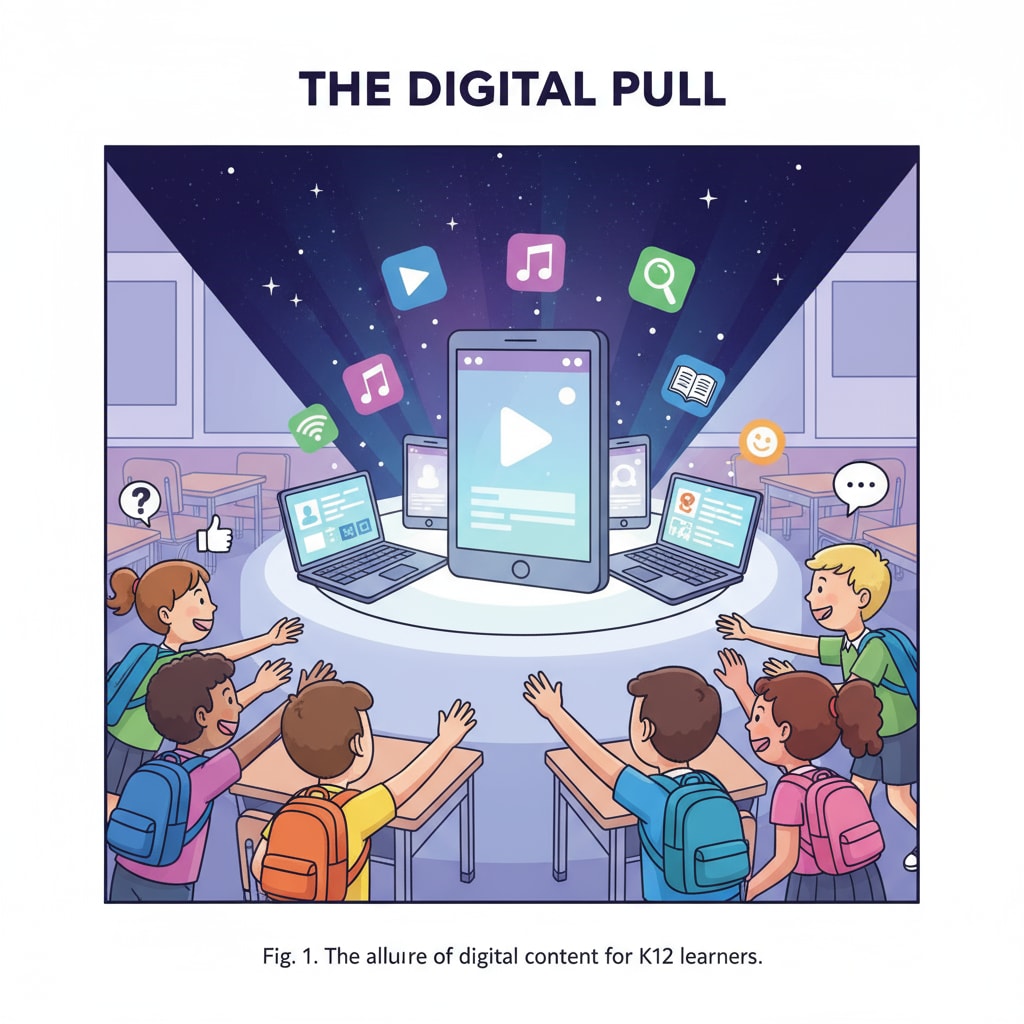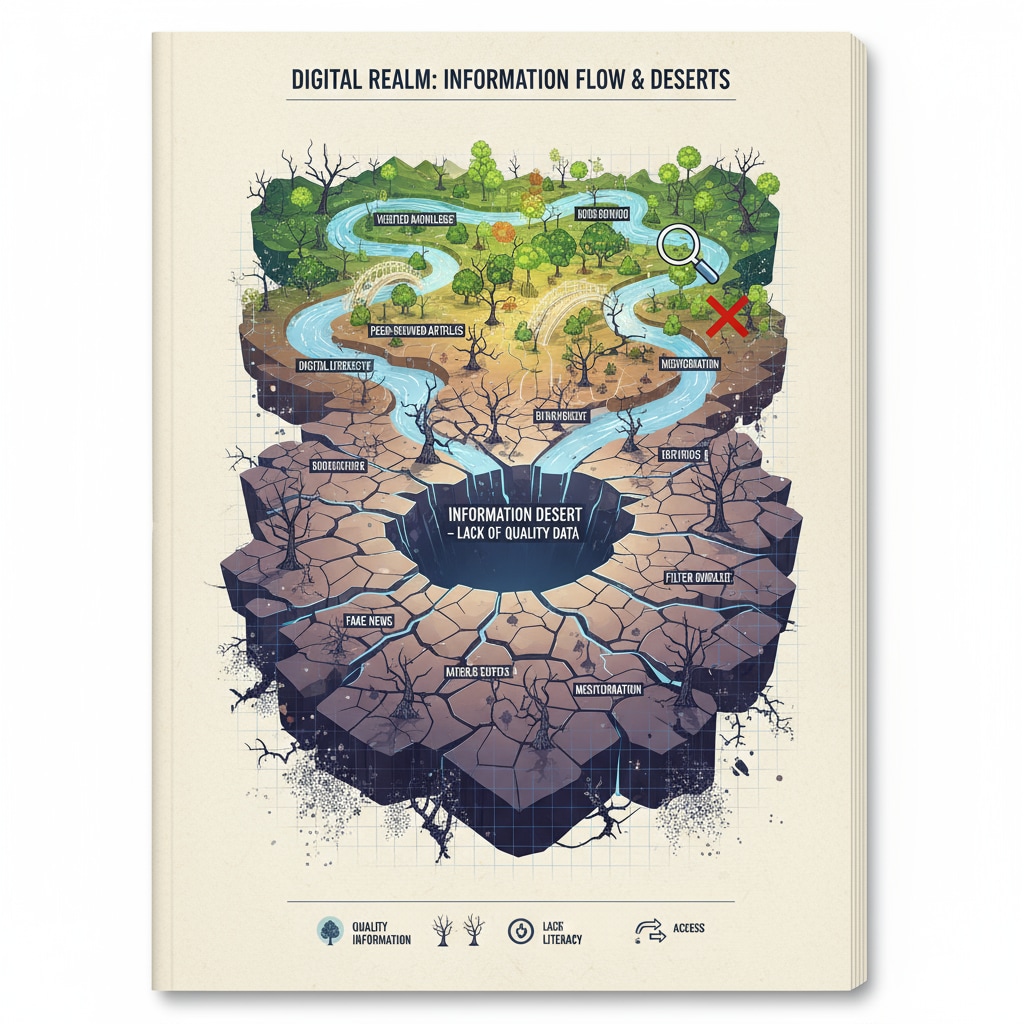The attention economy within the tech industry has given rise to information deserts, posing a significant threat to the cognitive development of K12 students. In today’s digital age, the allure of the internet is undeniable, with its endless stream of content designed to capture and hold our attention. This phenomenon has far-reaching implications for the young minds in K12 education.

The Allure of the Attention Economy
The attention economy thrives on capturing and monetizing people’s attention. Tech companies use sophisticated algorithms and engaging interfaces to keep users hooked. For K12 students, this means a constant bombardment of notifications, videos, and games. For example, social media platforms are engineered to be highly addictive, with features like infinite scrolling. As a result, students often find themselves spending hours on these platforms, distracted from their studies.
The Formation of Information Deserts
As students become more immersed in the attention economy, they are led into information deserts. These are spaces where the information is shallow, repetitive, and lacks depth. The algorithms tend to show users more of what they already like, creating an echo chamber. This restricts students’ exposure to diverse ideas and knowledge. Britannica defines an echo chamber as a situation where people only encounter information that reinforces their existing beliefs. In this way, students miss out on the opportunity to engage in deep and meaningful learning.

The consequences of these information deserts are dire for students’ cognitive abilities. Their capacity for critical thinking, problem-solving, and deep understanding is hampered. Without exposure to a wide range of information, students struggle to develop well-rounded perspectives. Moreover, the constant distraction from the attention economy makes it difficult for them to focus and retain information.
Educators and parents have a crucial role to play in mitigating these effects. Teachers can design engaging lessons that compete with the allure of the digital world. They can also guide students on how to evaluate information and avoid falling into information deserts. Parents, on the other hand, can set limits on screen time and encourage offline activities. By working together, they can help students navigate the digital landscape more effectively.
Readability guidance: This article uses short paragraphs to clearly present ideas. Lists could be further incorporated to better summarize key points. The use of passive语态 is minimized, and transition words like ‘for example’ and ‘as a result’ are used to enhance flow. Each H2 section provides distinct perspectives on the topic, helping to structure the content in a more organized manner.


